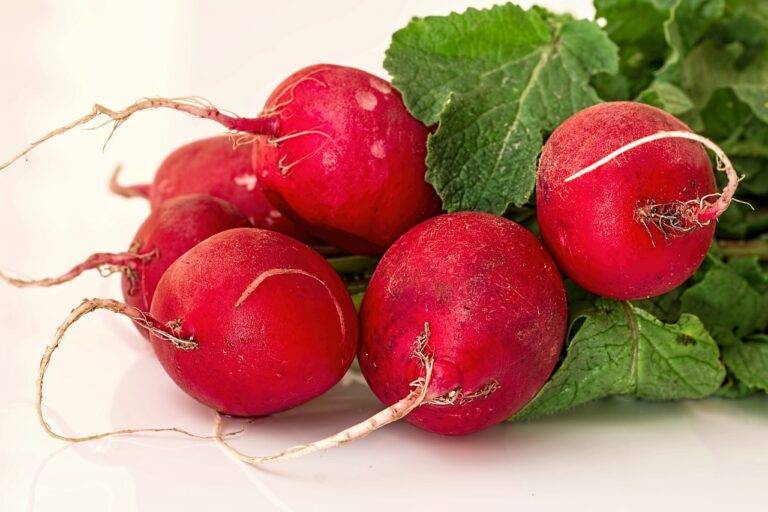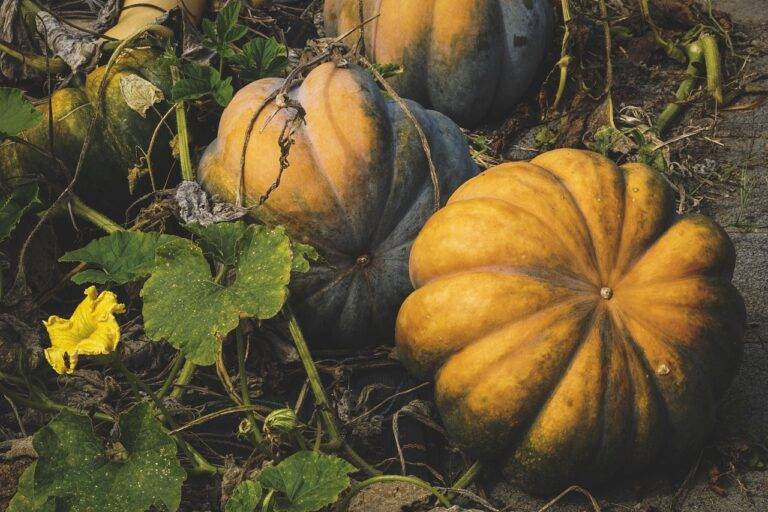A Guide to Cooking with Alternative Flours
If you’re looking to elevate your baking and cooking skills, incorporating alternative flours into your kitchen repertoire can open up a world of possibilities. Traditional all-purpose flour may be a staple, but alternative flours offer unique flavors, textures, and nutritional profiles that can take your recipes to a whole new level. From almond flour to chickpea flour, these alternatives can add depth and complexity to your dishes, making them suitable for a variety of dietary preferences and requirements.
Experimenting with alternative flours can also provide a fun and creative outlet for culinary exploration. Whether you’re looking to cater to gluten-free, paleo, or keto diets, alternative flours can offer a solution without compromising on taste or quality. Understanding the properties of each type of flour and how they interact with other ingredients is key to successfully incorporating them into your recipes, so don’t be afraid to swap out traditional flour for an alternative and see where your culinary journey takes you.
Understanding Different Types of Alternative Flours
Almond flour, made from ground almonds, is a popular alternative flour choice for those looking to add a nutty flavor and extra moisture to their baked goods. It is also naturally gluten-free, making it suitable for individuals with gluten sensitivities or celiac disease. Almond flour can be used in a variety of recipes, such as muffins, cookies, and pancakes, but it may require additional liquid or binding agents due to its lack of gluten.
Coconut flour, a byproduct of coconut milk production, offers a unique flavor profile, subtly sweet taste, and high fiber content. It is a versatile option for both savory and sweet dishes, providing a light and airy texture. However, coconut flour absorbs a significant amount of liquid, so recipes may need to be adjusted accordingly to prevent dryness.
Substituting All-Purpose Flour with Alternative Flours
When substituting all-purpose flour with alternative flours in baking or cooking, it’s essential to consider the unique characteristics of each type of flour. Almond flour, for example, works well in recipes that call for a moist and dense texture, such as in cakes or cookies. It adds a nutty flavor and can also be used as a gluten-free option for those with dietary restrictions.
On the other hand, coconut flour is highly absorbent and requires more liquid than other flours. It is best used in small quantities or in combination with other alternative flours to prevent a gritty texture in the final baked goods. Experimenting with different ratios and combinations of alternative flours can help achieve the desired texture and flavor in your recipes while catering to specific dietary needs.





